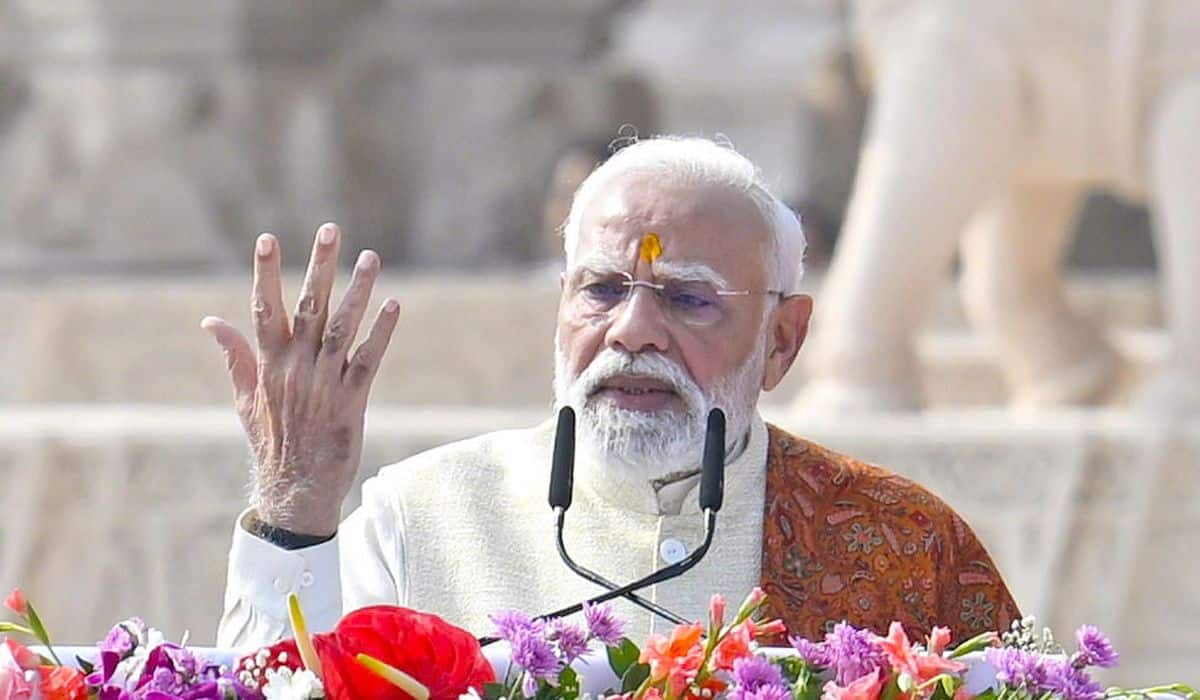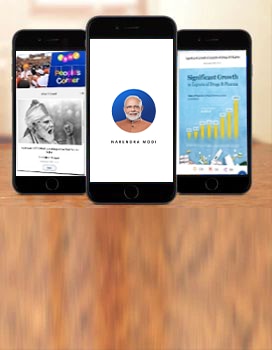In my blog dated 3rd May, I had written about the Swarna Jayanti Samaroh of Gujarat. In this I had pointed out how Narendra Bhai Modi had proved a unique Chief Minister who had converted a prashasanik programme into a People’s Programme and made every citizen feel a proud participant in the sankalp to make Gujarat a model state in every sense of the word.
Generally speaking, by now, people have widely come to acknowledge that in terms of honest governance and development of Gujarat, Narendra Bhai’s achievements are beyond dispute. What is often questioned is how harmonious are inter-communal relations in the state, and specifically speaking, how happy and contented the Muslims are in the State.
In 2006 Prime Minister Dr. Manmohan Singh appointed a high power committee headed by Justice Shri Rajinder Sachar to make a detailed study of the economic, social and educational conditions of Muslims in the country.
The Sachar Committee after completing the task assigned to it, submitted a detailed Report of over 400 pages. Given below are some very pertinent facts based on the statistics provided by the Sachar Report which look into various parameters like education, employment and income of the Muslim population living in rural and urban areas of the country through elaborate tables. Here are some findings concerning Gujarat :
- In terms of literacy level, Muslims in Gujarat stood at 73.5 percent as compared to the national average of 59.1. While the figure for the urban males was 76, it was 81 for those living in rural areas as compared to the national average of 70 and 62 respectively in similar category. [The Sachar Committee report : Appendix table 4.1, Page No. 287]
- Even Muslim women in the urban areas of Gujarat have average literacy rate 5 point higher than the national average whereas their counterparts in rural areas of Gujarat fare even better with a literacy rate of 57 percent as compared to the national average of 43 in similar category. [The Sachar Committee report : Appendix table 4.1 b, Page No. 289]
-Also in Gujarat, a greater percentage of Muslims have attained primary, secondary and higher secondary level education compared to the national average and compared to other states. Against the national average of 60.9% (and 42.2% in UP), Gujarat had 74.9% Muslims at the primary level while the percentage is 45.3 at Secondary level as compared to national average of 40.5% and 29.2% in UP. [The Sachar Committee report : Appendix table 4.6 & 4.7, Page No. 295-296-297-298]
-The average years of secondary schooling for Muslim children between age 7 and 16 years is higher in Gujarat at 4.29 years compare to the national average of 3.26 years. The figures in West Bengal, UP and Bihar are 2.84, 2.60 and 2.07 years respectively. The truth is that the Muslim children in Gujarat are benefiting from equal opportunities to access secondary schooling as other children. [The Sachar Committee report : Appendix table 4.2, Page No. 290-291]
The other aspect is the economic well being of Muslims in Gujarat. Here also, the Sachar Committee dispels the myth.
- In terms of per month per capita income, Muslims in the urban areas of Gujarat earn an average Rs 875 which is more than the national average of Rs 804. In contrast, it is Rs 662 in UP, Rs 748 in West Bengal, Rs 811 in Punjab, Rs 803 in Andhra Pradesh and Rs 837 in Karnataka. [The Sachar Committee report : Appendix table 8.2, Page No. 364]
- The story is similar in rural Gujarat where the per capita monthly income of the Muslims 20-25% more than the Muslims living in the rural areas of most other states. It is on an average Rs 668 as compared to the national average of Rs 553. [The Sachar Committee report : Appendix table 8.3, Page No. 365]
- In terms of people living below poverty line, Gujarat had 54% Muslims living below it in 1987-88 while the figure stood at 34% in 2004-2005 showing a healthy pace of improvement. [The Sachar Committee report : Appendix table 8.5, Page No. 367]
- Even in terms of share of Muslims in state employment, i.e, government jobs, it is 5.4% in Gujarat while it is 2.1% in West Bengal, 3.2% in Delhi and 4.4% in Maharashtra. [The Sachar Committee report : Appendix table 9.4, Page No. 370]
Overall, the total picture dispels the malicious propaganda that injustice is being done to Muslims in the state of Gujarat. The study undertaken by the Sachar Committee on educational condition clearly shows that the Muslims of Gujarat are progressing well in the field of education. They are provided ample opportunities and they are well cared for. The facts on their economic conditions dispel similar myths about their being discriminated against or being denied equal opportunity.
The fact is echoed by none other than the Imam of the Jama masjid in Ahmedabad, Mufti Shabbir Ahmed Siddiqui who reportedly commented sometime back “Muslims have an opportunity to prosper in the peaceful environment that the Modi government has created. Modi has provided an atmosphere which is conducive for those who want to trade peacefully in Gujarat.’’
In setting up the Sachar Committee, Government had its own objectives. But going through the comparative statistics compiled by the Committee, I feel Gujarat should be grateful to Justice Sachar for proving convincingly to the country that under Narendra Bhai Modi’s regime Muslims are far better off than their compatriots in other states.













